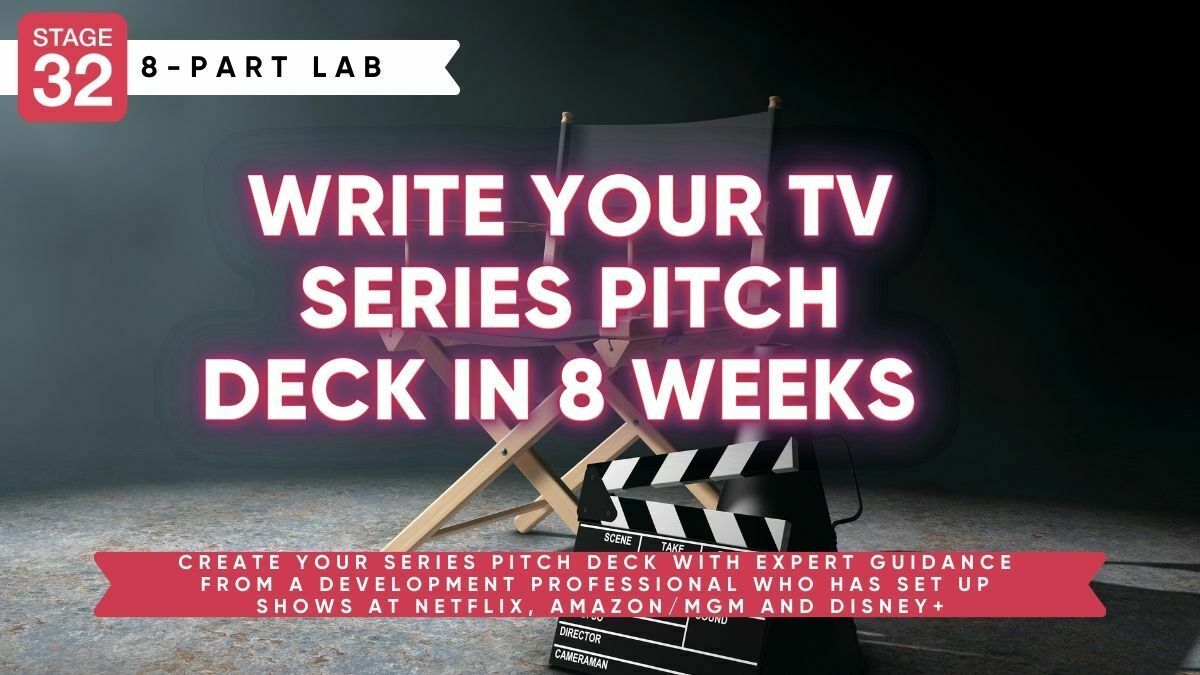Not to be persnickety, but lighting it and then framing it is ass backwards. Which is why the actors must first have the set while the director, cinematographer and script supervisor (and AD) conspire to shot-list coverage. Then excuse the actors and bring in the electrics and grips to light and or setup dolly track. So logical and simple, you'd think everybody would work this way. They don't.



Sounds like you had a different experience on a project. Was there a reason that rehearse, set, shoot, was changed in the example you are thinking of? Do you think there can be circumstances where this common practice does not have to be followed?
A good crew will know how to light a set with a fine tune during an actor run through, it's when cowboys do the job that things go skewiff, wastes time and director must push to keep on schedule. That amounts to more pressure on the actors and crew in general. Sound has to adapt, shadows, etc etc, no quick remedy for every next set up and need to have all departments integrated and in sync.
2 people like this
Andrew, there are special circumstances where action is and must be unpredictable, a fight scene or a dance sequence or a long take with many moving parts. In those circumstances an entire set must be lit in order for the action to be covered effectively. However, you end up with a sitcom look, which may be inappropriate.
Your rite on Alan..really don't even need the actors if u have stand ins or pa s to hold their positions while lights and diffusion r put up
2 people like this
Had a lot of similar instances while working on banshee and homeland last season
2 people like this
Do you know Paul Lowery, Matt Hedt or Jason Summers? Heard "Homeland" is tough. Great show, though.
2 people like this
Definitely should always use stand ins. I was brought in but not used as an extra on a shoot and then they gave me a pay raise to be a stand in for the lighting. Alan, I take exception to the idea that a fight scene or dance sequence is unpredictable. If your actors aren't following the direction which they should have been given by a director/fight director/choreographer, they are unpredictable and lack professionalism. If the director is willing to allow the actor to have control over their blocking, then it is the directors fault that the lighting will look like a three camera set up.
Thinking of shooting within the complete control of a stage environment. Having discussed the blocking and angles with the director, the plot for a stage pre-light should be quite close resulting in few if any minimal tweaks between rehearsal and shoot depending upon the approach taken. This assumes the typical stage rotation of working ahead on different sets; rigging, lighting, shooting then striking. Locations complicate the accuracy of a pre-light simply because there are physical things that cause compromises. Depending upon the accuracy of the information and the pre-light I find that minimal or no tweaking is a possibility on some shots assuming working experience with the actors involved. Work accomplished before the on-set rehearsal is a modifier to the process laid out but would only apply when we have enough time, crew, and physical space to make it happen properly. The huge benefit is seeing the actual people in the actual space and light. This does fall prey to the “Good, Fast, Cheap” paradigm though. The on-set workflow you point out so accurately is tried and true and we use it because it works just that there are exceptions in some instances. Still curious as to what happened that motivated your initial post?
1 person likes this
I've worked on a lot of sets where the producer expected the crew to anticipate what the action would be and light a set which was still incomplete. It's very frustrating. You end up lighting several times instead of once. i once gaffered a feature where on the scout i was told we'd see in three directions, lit accordingly, and then only shot in one or two directions. I've also DP'd a feature where a first time director didn't want to block the actors beforehand with me because "they were experienced professionals who deserved to have the freedom to block the scenes as they saw fit." For diplomatic reasons, I had to agree but suggested we come up with a Plan B in case they wanted blocking direction. And of course they walked in and expected to be told where to move and when, so we could tell them. Fight scenes and dance sequences are often all over the set and the more props that will be broken and people involved, the more you have to paint light with broad strokes in order to allow for maximum range of movement and fewer takes.
2 people like this
Giving actors the “freedom to block the scenes as they saw fit” is a new one on me. Amazing, and not in a good way. The old joke of “what is the only entry level position on a set?” came to life for you. Not a laughing matter.